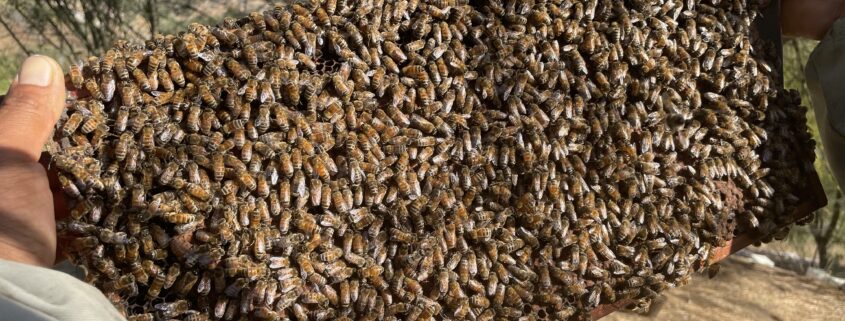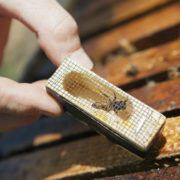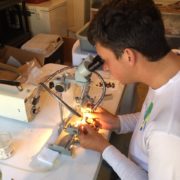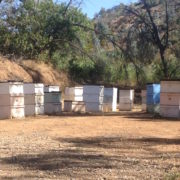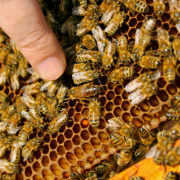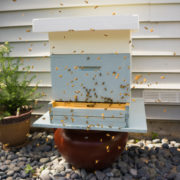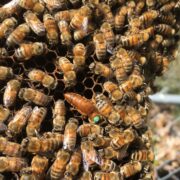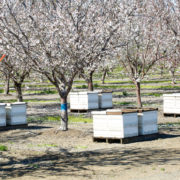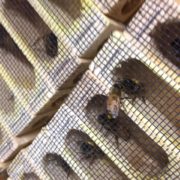How to Find the Queen Bee
Do you struggle with finding a queen bee? Don’t be too hard on yourself. Even here at Wildflower Meadows—with all our experience and years of beekeeping—we occasionally find ourselves scratching our heads, wondering why such a simple task can sometimes be so challenging.
Before you set out on your search, make sure you even need to find the queen. As a beekeeper, unless you are working for Wildflower Meadows or raising queens, you don’t have to look for a queen that often. The main reason for having to locate a queen is when you wish to requeen. In that case, you have no choice but to find the old queen to remove her.
Another possible reason to find a queen is when you want to divide a colony or transfer frames of bees from one colony to another. Surprisingly, even when dividing colonies and transferring frames, you don’t always have to find the queen. So, for example, look at this video, and you will discover a straightforward way of dividing a colony without even having to look for the queen.
Patience, persistence, focus, and relaxation are the key to finding a queen bee. When searching for a queen, the first tip we suggest is to be patient with yourself. Finding a queen is a skill that a beekeeper develops over time.
A helpful strategy is to play the odds. The queen will most likely be near the center of the brood nest, particularly on frames with open cells for her to lay in. That’s her preferred area because, after all, she’s the one laying the brood. However, always keep in mind that queens do move around. Sometimes you will be surprised to discover your queen bee in the strangest place – on the lid, walking on the honey, or cruising around inside the box. She can wander anywhere. However, more often than not, odds are she’s hard at work laying eggs in the general brood area. Why not start there?
Nevertheless, before diving into this promising brood area, it’s best to remove and inspect a frame or two at the ends of the hive. Start with a quick check of the end frames (not to mention the lid) and set those aside. Why? By doing this, you will free up some working space and gain space to comfortably separate the remaining frames in the hive. Now you can focus on the high-probability areas.
You want to relax your vision. A soft and relaxed vision will enable you to spot something that looks just a little different. Also, remember that sometimes, your eyes will pick up the unusual pattern of the queen’s retinue, which will naturally direct you to the right spot. If you’re a beginner, after checking each side of a frame, pause, take a quick break, then give both sides of the frame a second look. This saves time in the long run because missing a queen right in front of you will waste time when you fruitlessly look through all the remaining frames.
Keep a routine going. Have a systematic approach to each frame, so you don’t overlook areas. For example, you can begin at the top of the frame, scanning down the frame from left to right. Or you can start at the left of the frame and scan up and down across the frame. Just be thorough and consistent.
Be mindful of the conditions around you. This is crucial since you will hold the frames outside the hive for some time. If there is robbing in the apiary, use a robbing cloth. If the weather is chilly, you must work relatively quickly to keep the brood from chilling. If conditions are sunny, be mindful of keeping the frames exposed to direct sunlight for too long, as prolonged sunlight can dry out the larva and damage the brood. Also, queen bees tend to avoid the sun, so holding a frame up to the sunlight can encourage a queen to run to the other side of the frame, and you can miss her altogether.
Understand that there will be times when you just can’t find the queen bee and strike out. This is normal and happens even to experienced beekeepers. We would advise that you probably don’t want to disturb the colony after two rounds of searching. It is best to call it quits, put everything back together, and come back another time.

